The complete Conversation between Bonnie Ora Sherk and Pierre-Francois Galpin, is featured on the Independent Curator's International Website.
Below is an excerpt in which Sherk discusses A Living Library and its origin:
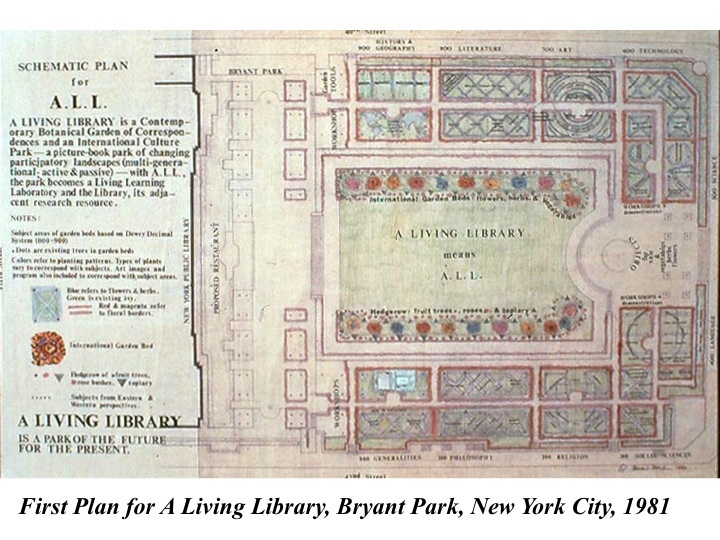 "PFG: A Living Library, is a natural evolution of your previous projects, or “life frames”, as you call them. It is about bringing awareness of ecological systems through art into a public place; it goes back to your performances and installations in the 1970s. Could you talk about A Living Library and its different forms?
"PFG: A Living Library, is a natural evolution of your previous projects, or “life frames”, as you call them. It is about bringing awareness of ecological systems through art into a public place; it goes back to your performances and installations in the 1970s. Could you talk about A Living Library and its different forms?
BOS: In 1981, I found myself in New York City, and began spending time in Bryant Park, in the heart of the City, at 42nd Street and Fifth Avenue, adjacent to the main research branch of the New York Public Library, not too far from the United Nations. This site inspired A Living Library. At that time Bryant Park was known as “Needle Park”, because that’s where all the drug dealers went to sell drugs. There were no other really “good” uses of the Park; the dealers simply filled the void. I spent time in this seedy, yet elegant Park, feeling the place and its energy. Suddenly, I had an epiphany and saw how to make it come alive for other uses. I would bring the inside of the Library outside and create gardens of knowledge, based on the Dewey Decimal System, which fit perfectly around the peripheral gardens of the Park. In each garden of knowledge would be plants that related to the subject, visual and performed artworks, programs of lectures, demonstrations, and research institutes, and digital technologies that would bring out information from the Library and also enable this environment to be interconnected with others in diverse communities around the world.
It could become The Living Library! But, then, I realized that might be insulting to its neighbor, the New York Public Library, so I changed the name to A Living Library, meaning another library. Then I realized, the initials spelled A.L.L., the embodiment of what I was hoping to achieve. I was thrilled!
I worked very diligently to realize A Living Library in Bryant Park, but, ultimately this did not happen, although many of my ideas were later incorporated into its eventual renewal, such as the interactive community programs, and the extremely successful and lucrative, international fashion shows during Fashion Week.
It took me some time to figure out how to clearly articulate what I was envisioning, because it was so complex, layered, and new to the vernacular of landscape architecture. I knew that I was working on something really exciting and relevant, so, I continued to develop the idea of a programmed landscape, which at the time, was very innovative and unusual. I began to study landscapes from around the world and found many precedents for what I was envisioning, from Asia – in Chinese, Japanese, and Indian Gardens – and from the West – in Medieval Gardens, 17th Century French formal gardens, Renaissance Gardens, and others.
I was inspired to actualize this work, so, I went back to school to become a landscape architect, as a way to hone my skills, and be taken more seriously by the establishment that controlled public spaces. I was interested in creating and transforming public places as interactive parks and gardens, integrated with local community programs, interdisciplinary, hands-on curricula, that provided opportunities for learning about natural systems, ecology, local resources, and multicultural diversity.
I made many place-based, Living Library plans for diverse sites and situations over the years, including, a 1995-96, San Francisco Civic Center Living Library Conceptual Master Plan, for another underused, derelict, and neglected Beaux Arts Park. The idea here, was to create a 21st Century heart of the city, by outwardly reflecting and showcasing what is occurring in the surrounding civic buildings in the Plaza, and who San Franciscans are, as an international, multicultural community. The Mayor at the time, Willie Brown, was not interested in this opportunity, although many others were, including many other elected officials, the Board of Education, Sister City groups and consulates, funders, and many others.
Just after this, I found myself at James Denman Middle School, where the principal had heard about A Living Library, and asked me to begin one there. That began the OMI/Excelsior Living Library & Think Park that linked a high school, middle school, and child development center on a contiguous nine acre site. I developed a master plan with the three-school community, and as a pilot, we created a Garden between the Middle School and CDC, and along the streets, digging up concrete to create a California Native Learning Zone Streetscape Transformation & ArtWalk. Later, other asphalt areas were dug up and transformed into diverse learning zones. The processes involved students and the local community in research, planning, design, implementation, use, maintenance, management, and communications of their OMI/Excelsior Branch Living Library & Think Park. It is still underway today.
A Living Library is a planetary genre, developing locally and globally. Each resulting Branch Living Library & Think Park incorporates local resources – human, ecological, economic, historic, technological, aesthetic – seen through the lens of time – past, present, future. In addition to linking local resources and communities, a goal is to interconnect Branch Living Library & Think Parks in diverse communities, through sculptural, green-powered digital gateways, so we can share diversities and commonalities of cultures and ecologies, near and far.
A Living Library is a life work, and a life’s work. In addition to transforming sterile, barren environments, we are improving education, contributing to the public realm, training and creating new green jobs, and performing community and economic development in locales where A.L.L. is established."
Read the interview in it's entirety here







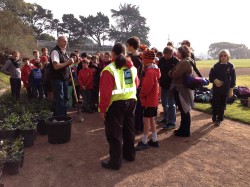
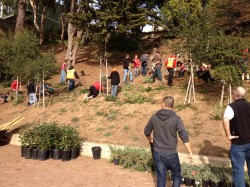



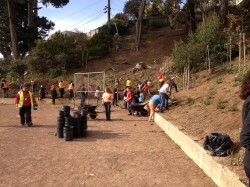
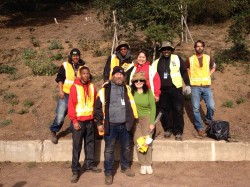
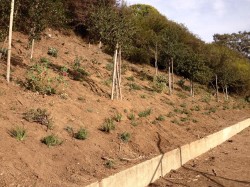

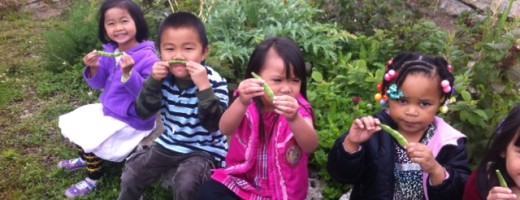
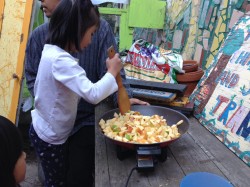
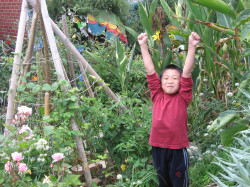
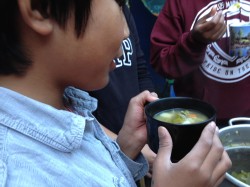
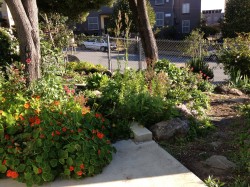
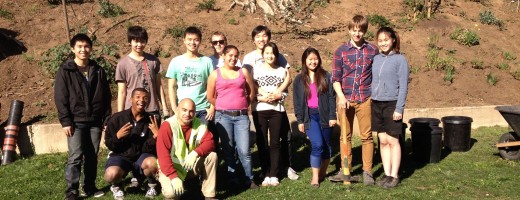


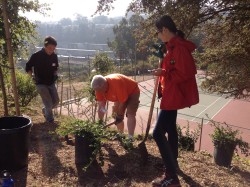

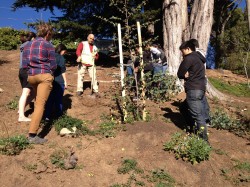

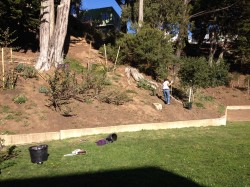
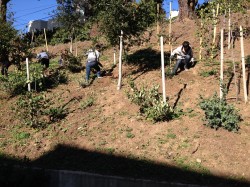








Updated by @alivinglibrary